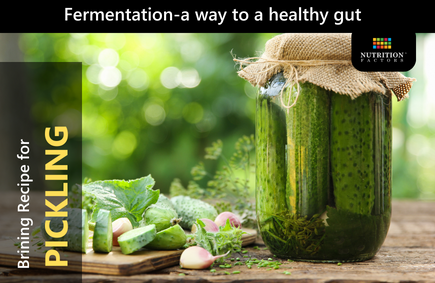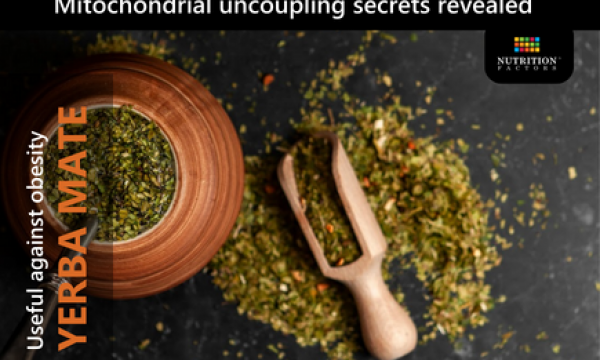Fermentation from brine can be a powerhouse for your gut health. Brine, the salty solution used for fermenting, creates an environment where beneficial bacteria thrive, producing probiotics! Fermented foods like pickles, sauerkraut, and kimchi are packed with these probiotics, which support digestion and boost your immune system.
Brine forms good bacteria through a process called fermentation. During fermentation, the salt creates an acidic environment favorable for acid-loving bacteria to thrive while inhibiting the growth of harmful bacteria that don’t survive the acidic conditions.
Here’s a breakdown of how this happens:
- Salt Concentration: The salt in the brine serves a dual purpose. It enhances the flavor and preservation of the food and creates an environment where only salt-tolerant bacteria can survive, suppressing the growth of pathogenic bacteria.
- Lactic Acid Fermentation: In the presence of salt, lactic acid bacteria (LAB) naturally present on the surface of vegetables or introduced through the fermentation process become dominant. LAB converts sugars in the food into lactic acid, which acts as a natural preservative.
- Beneficial Bacterial Strains: Common strains of beneficial bacteria that thrive in brine during fermentation include:
- Lactobacillus
- Leuconostoc
- Pediococcus
Probiotic Formation: As the lactic acid bacteria form, they create an acidic environment that not only preserves the food but also encourages the growth of probiotics. Probiotics are live microorganisms that promote health benefits when consumed in adequate amounts.
So, when you consume fermented foods like pickles or sauerkraut, you’re introducing these beneficial bacteria into your digestive system, promoting healthy gut microbiota and supporting overall well-being.
Supplies:
- 16-ounce Mason Jar
- 75- degree room temperature
- towel
Ingredients:
- 4-6 unwaxed cucumbers (pickling variety)
- Two tablespoons of sea salt
- 1 3/4 c filtered water (must be chlorine-free)
- 2 tsp Celtic or sea salt
- 2 cloves of garlic
- 6 sprigs of dill weed
- 1 tsp peppercorns
- 1 tsp mustard seeds
- 1/2 tsp red pepper flakes
- 16-ounce mason jar with lid
Instructions:
Prepare the Water:
- Use filtered water to ensure chlorine-free water, as tap water can inhibit fermentation. If you don’t have a water filter, purchase filtered water from the grocery store.
Prep the Cucumbers:
Choose unwaxed cucumbers, preferably of the pickling variety. Wash them thoroughly and slice them to your desired thickness.
Make the Brine:
- Dissolve sea salt in filtered water. Ensure the salt is completely dissolved before proceeding.
Add Spices:
Incorporate your chosen pickling spices into the brine. Spices can include dill, garlic, mustard seeds, coriander seeds, celery seeds, bay leaves, and other fresh herbs. You can experiment with different flavors
Pack the Jar:
Place the cucumber slices into a 16-ounce mason jar, leaving about one inch of space at the top.
Prepare the Jar:
If using a jar with a clamp, remove the plastic seal. If using a screw lid, fasten the lid only partway—do not seal it tightly.
Fermentation Process:
Leave the jar at room temperature in a dark area for 2-7 days. Check the mixture daily to release pressure by opening the lid and allowing gas to escape. The room temperature should be around 75 degrees Fahrenheit. Cover the jar with a towel to protect it from light during fermentation.
Refrigerate:
After 2-7 days, move the jar to the refrigerator once the desired fermentation level is reached. The pickles can be stored for up to 2 weeks.
Note:
- Do not use vinegar in this recipe, as the vinegar can destroy the probiotics.
Enjoy your homemade fermented vegetables using these steps.




